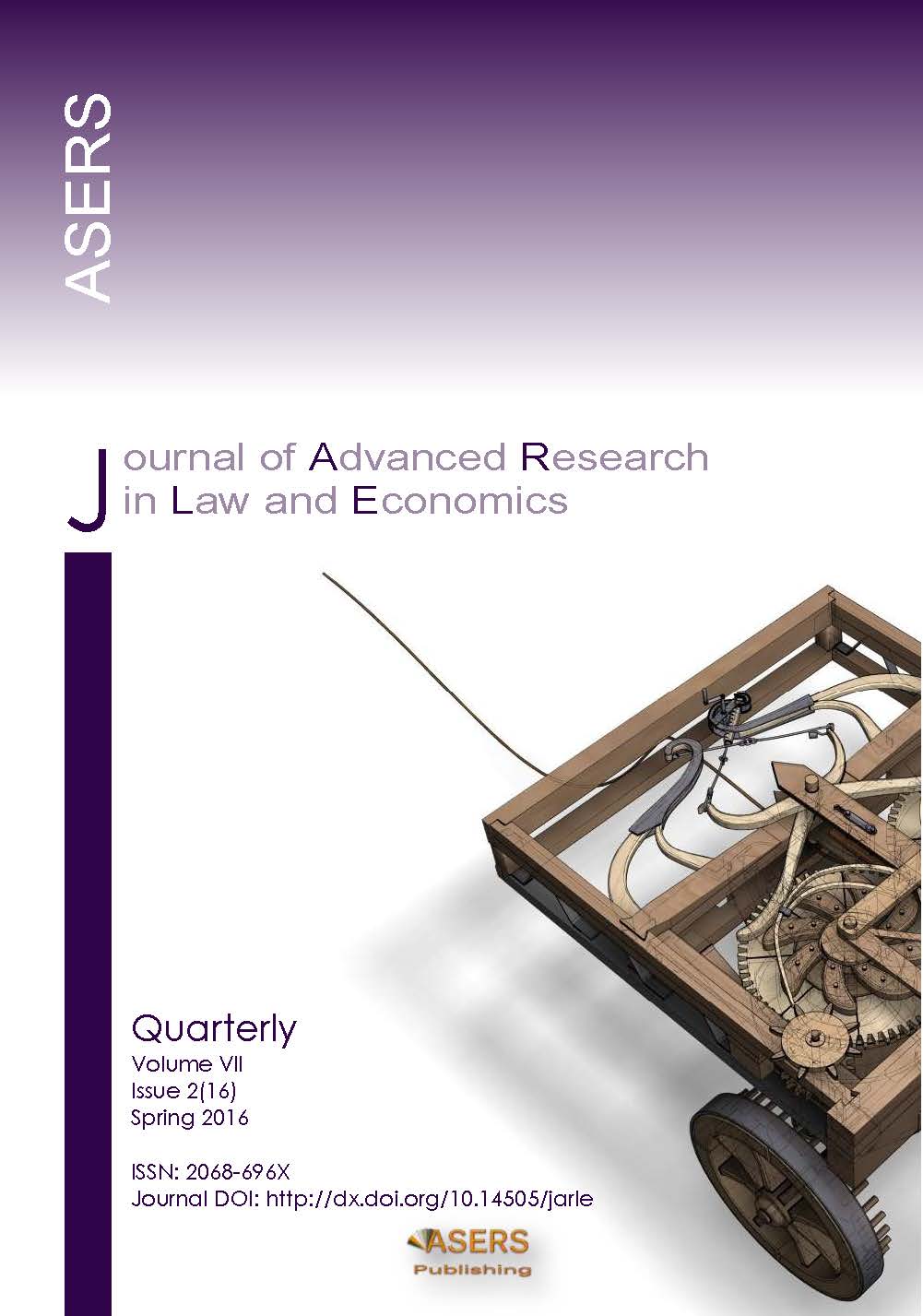Tendencies and Perspectives of the Marriage Rate in Russia
Tendencies and Perspectives of the Marriage Rate in Russia
Author(s): Nursafa G. KHAIRULLINA, Oksana V. Ustinova, Viktor A. GARABAZHII, Oksana V. Tretyakova, Juliya Z. BogdanovaSubject(s): Social Sciences
Published by: ASERS Publishing
Keywords: family; marriage; family values; the crisis of the family and marriage;
Summary/Abstract: Family in its development inevitably reflects significant trends in social transformation. It is not just experiencing the powerful influence of factors of social dynamics, but in many ways it determines and reproduces these factors. At the present stage social transformation led to the crisis of marriage and family relations, manifested in the destruction of the moral foundations of the family, and the loss of essential values of family and marriage. The mentioned tendencies are one of the reasons for the depopulation of the Russian people. Tendencies of the marriage rate in modern Russia manifested in the growing number of unofficial marriages, mass rejection of marriage and changing the boundaries of marriageable age. The article presents the results of a survey of residents of Urals Federal District conducted by O. V. Ustinova in 2012, and a sample survey of reproductive plans of Russians conducted by the Federal State Statistics Service in 30 regions of Russia in 2012, reflecting the devaluation of marriage and family. Firstly, the authors conclude that it is necessary to revive the values of official marriage, which is the basis for creating a family and having children; secondly, there is a need to strengthen state influence on the formation of value orientations of family and individual with a shift of emphasis towards the culture of creation and family values, to strengthen the institution of marriage. The authors point out the existence of at least two theories regarding the prospects of the institution of marriage. According to the first, gender relations will change in accordance with the social transformation so the model of marriage will experience further changes. The second theory, which takes into account the property relations and the rights of partners and children, indicates the long-term of the official marriage.
Journal: Journal of Advanced Research in Law and Economics (JARLE)
- Issue Year: VII/2016
- Issue No: 16
- Page Range: 248-259
- Page Count: 12
- Language: English
- Content File-PDF

